The second JERICO plankton workshop was arranged in Gothenburg, Sweden 27-30 September 2016. Altogether eighteen participants took part in the workshop.
The aims of the workshop include:
- To improve the understanding of plankton diversity, spatial and temporal distribution and the development of algal blooms in the sea. Harmful algae will be in focus.
- To exchange experiences of using devices aimed at automated observations of phytoplankton including harmful algae. Instruments include automated imaging flow cytometers, multispectral fluorometers and spectrophotometers and a Fast repetition Rate Fluorometer (FRRF).
- To compare the performance of different instruments on common natural and culture samples.
- To promote cooperation and to plan future work in WP3.1 and 4.1.
The workshop was held at the Oceanographic unit of SMHI (Swedish Meteorological and Hydrological Institute). A visit to the SMHI Tångesund observatory in Mollösund, on the Swedish Skagerrak coast made it possible to learn about the Imaging Flow Cytobot (a type of underwater microscope) and other in situ instruments used there. In addition participants were able to use in situ instrumentation on site and sea water was collected for further analysed in the laboratory in Gothenburg.
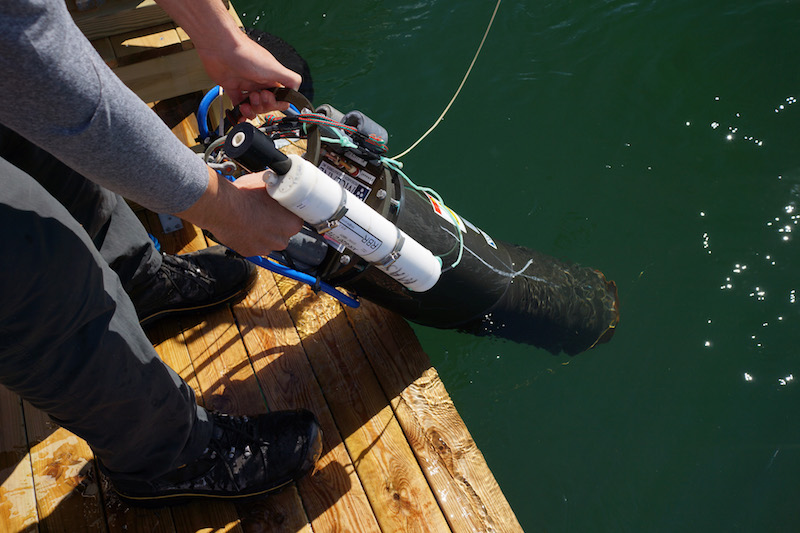
Fig. 1. The Imaging Flow Cytobot, a type of automated underwater microscope, is deployed at the Tångesund observatory. The white instrument is a CTD for measuring depth, temperature and salinity. Photo by Bengt Karlson.
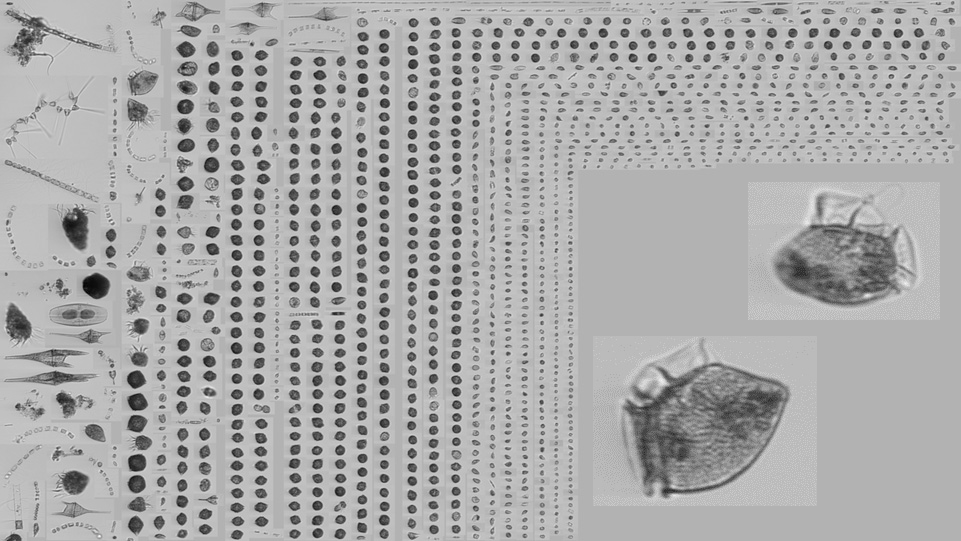
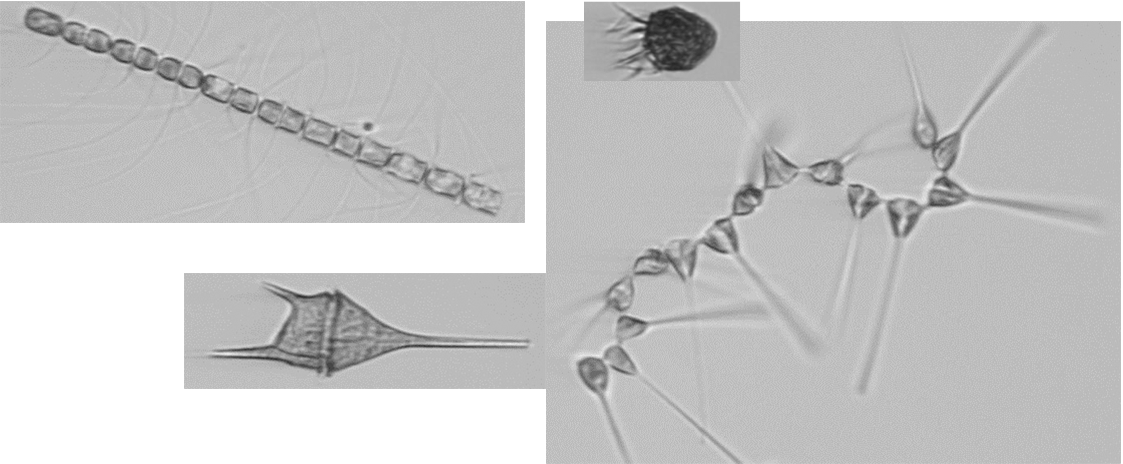
Fig. 2. Images of phytoplankton from the Imaging Flow Cytobot are collected every hour providing near real time data on phytoplankton biodiversity and harmful algae.
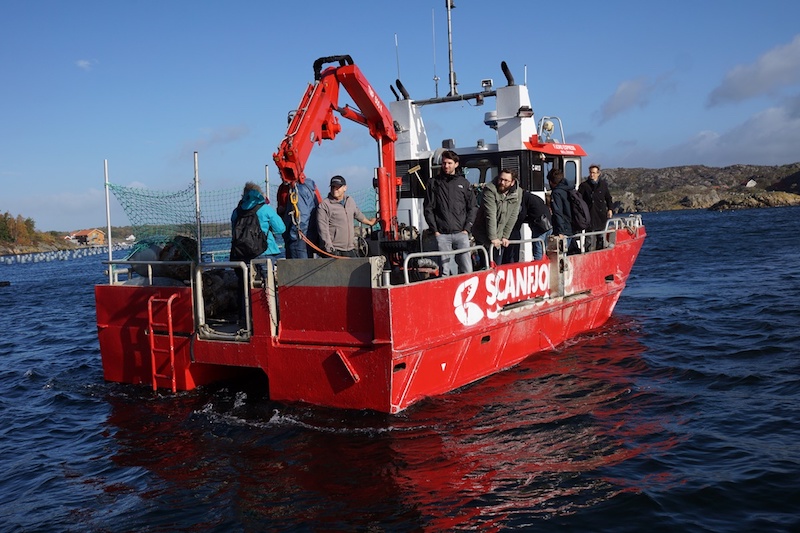 |
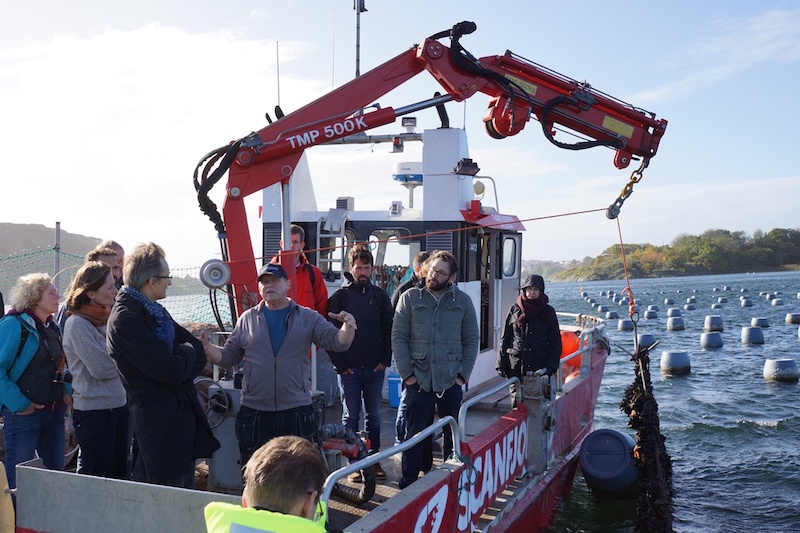 |
Fig. 3. The workshop included a visit to a mussel farm in Tångesund on the Swedish Skagerrak coast. Photo by Bengt Karlson.
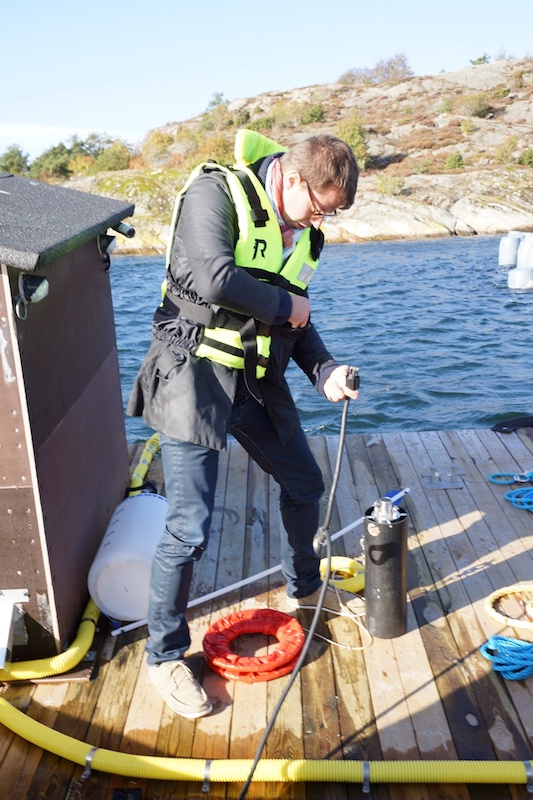
Fig. 4 Field work using a bio-optical instrument. Photo by Bengt Karlson.
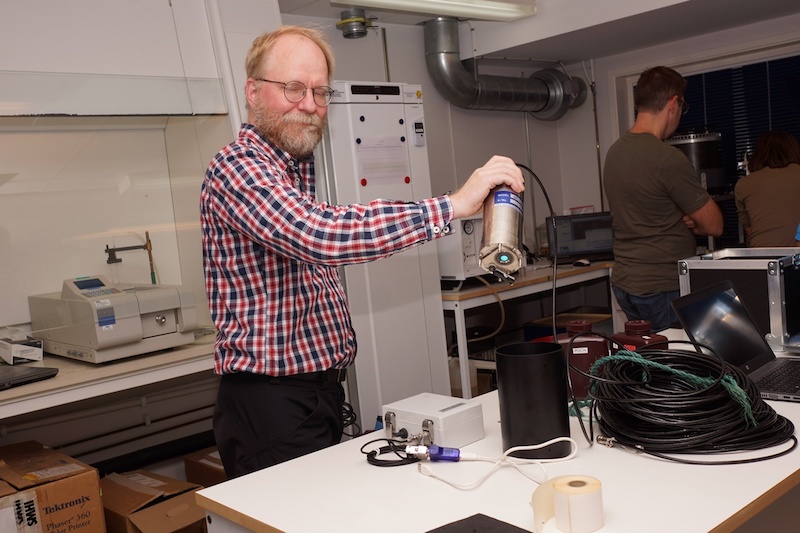 |
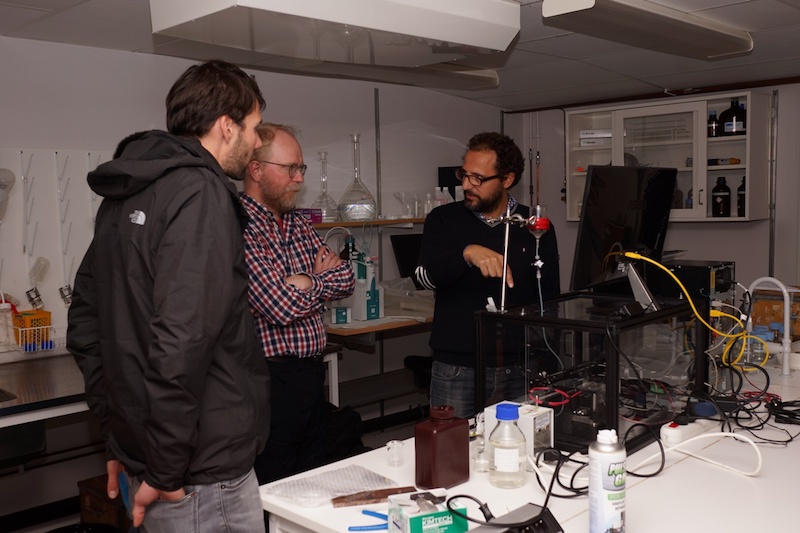 |
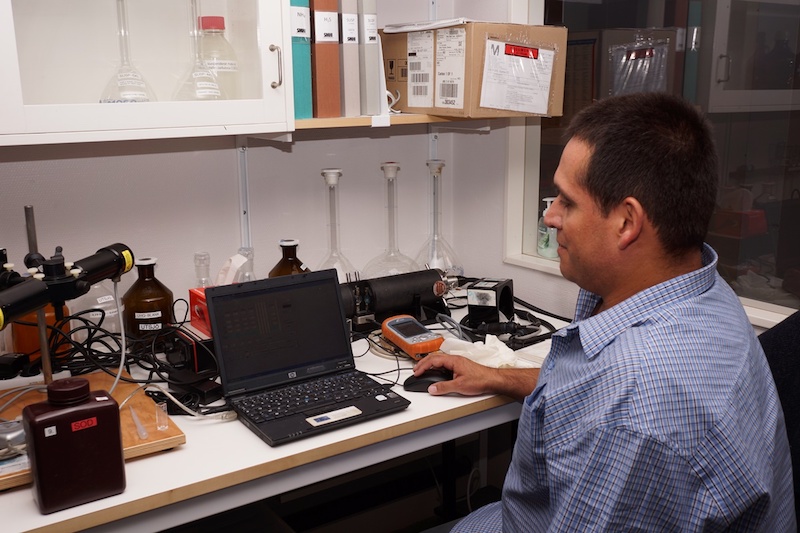 |
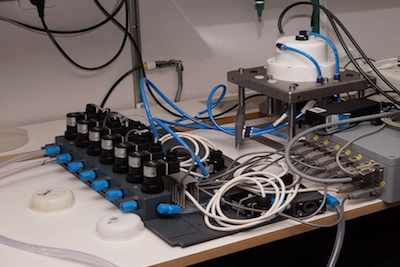 |
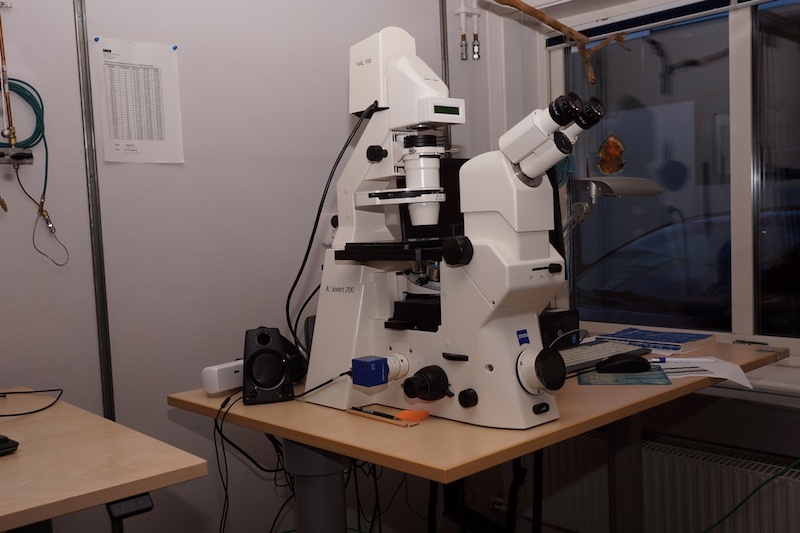 |
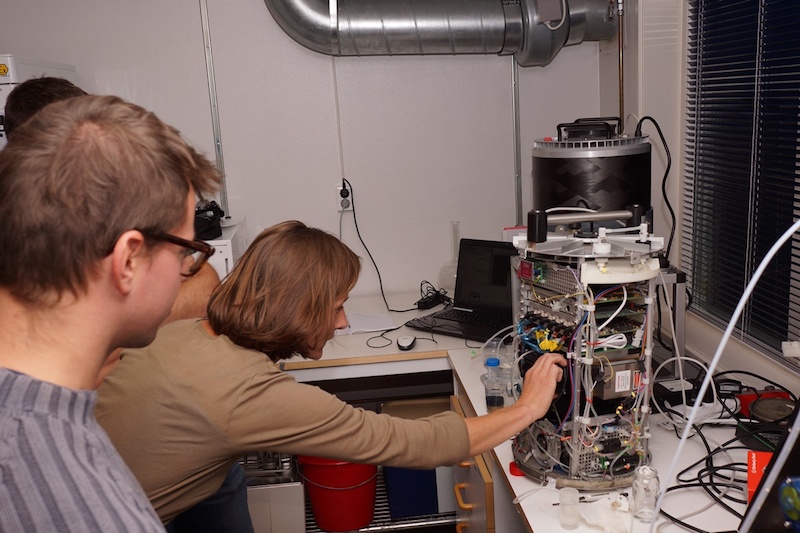 |
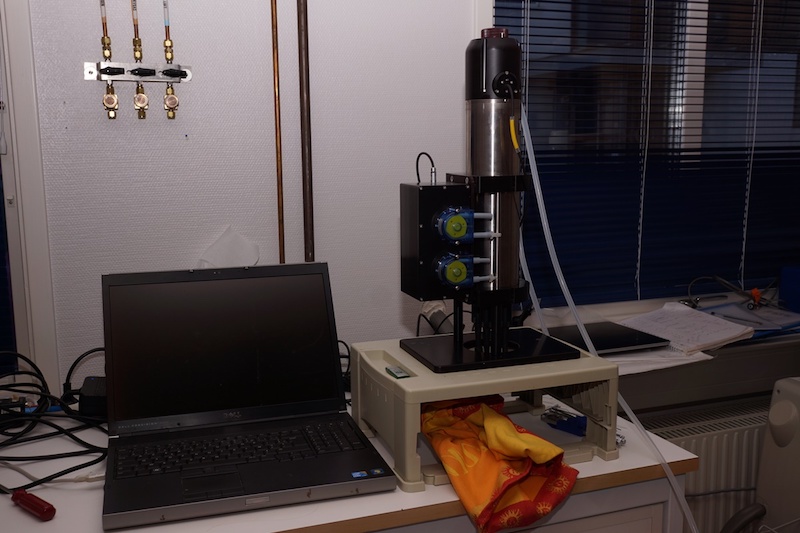 |
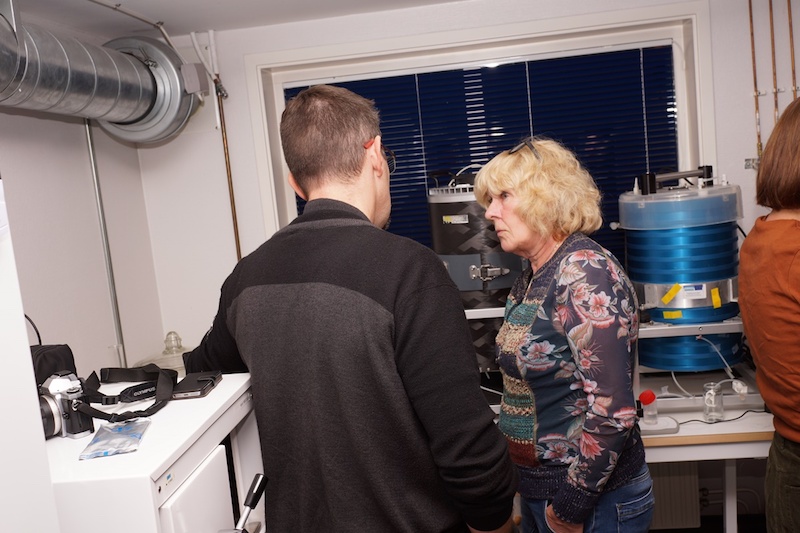 |
Fig 5. Water collected at Tångesund was analysed using a number of different instruments. Photos by Bengt Karlson.
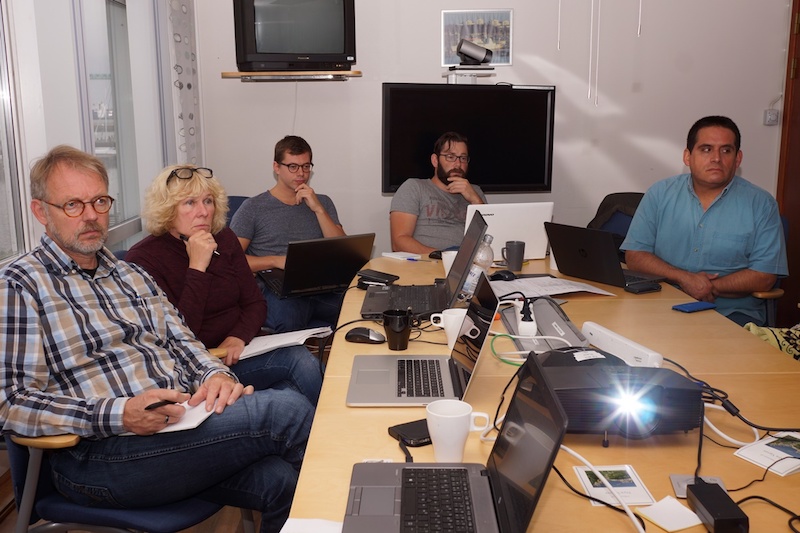
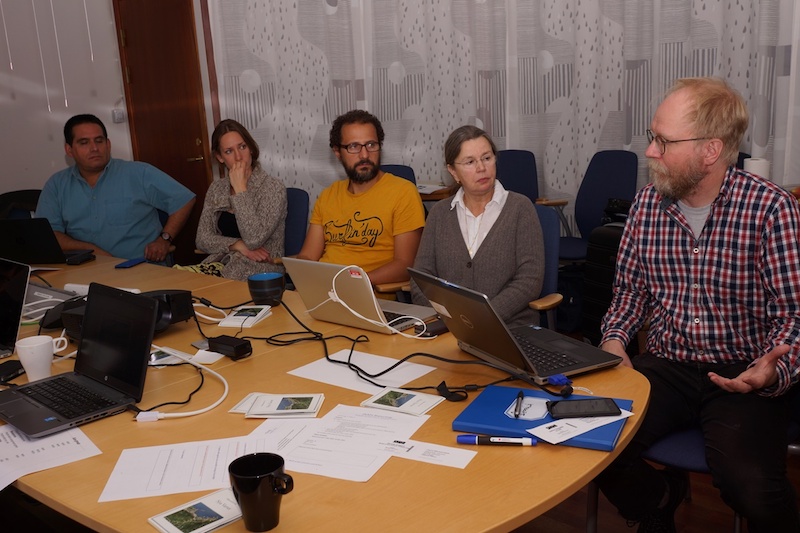
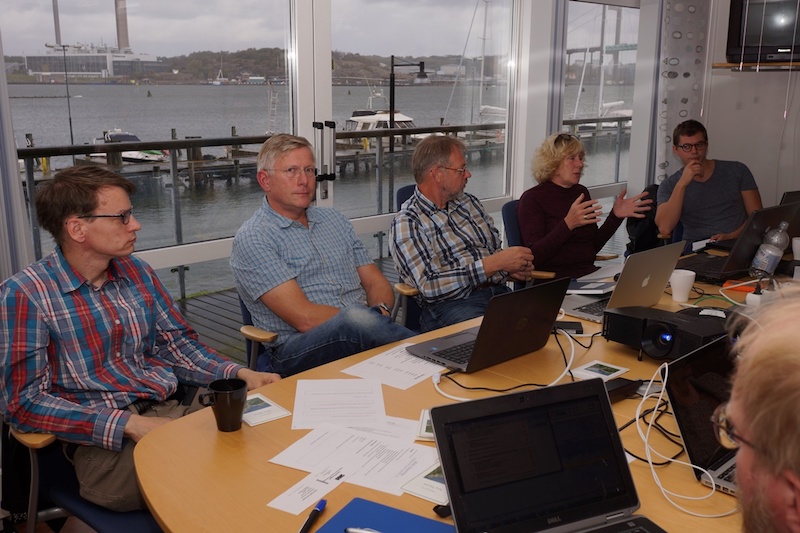
Fig. 6. The workshop included discussions and reporting of results. Photos by Bengt Karlson and Florent Colas.
